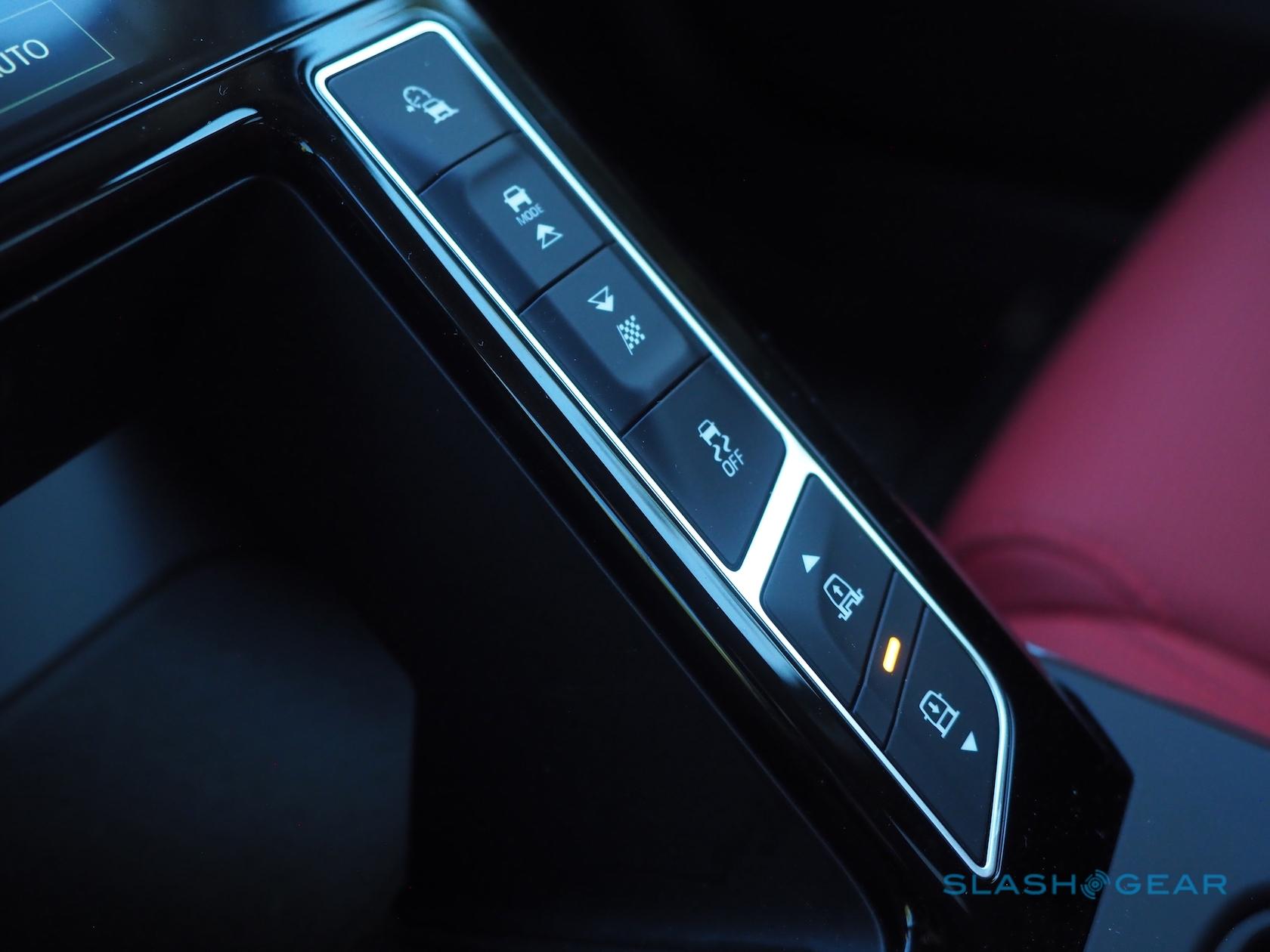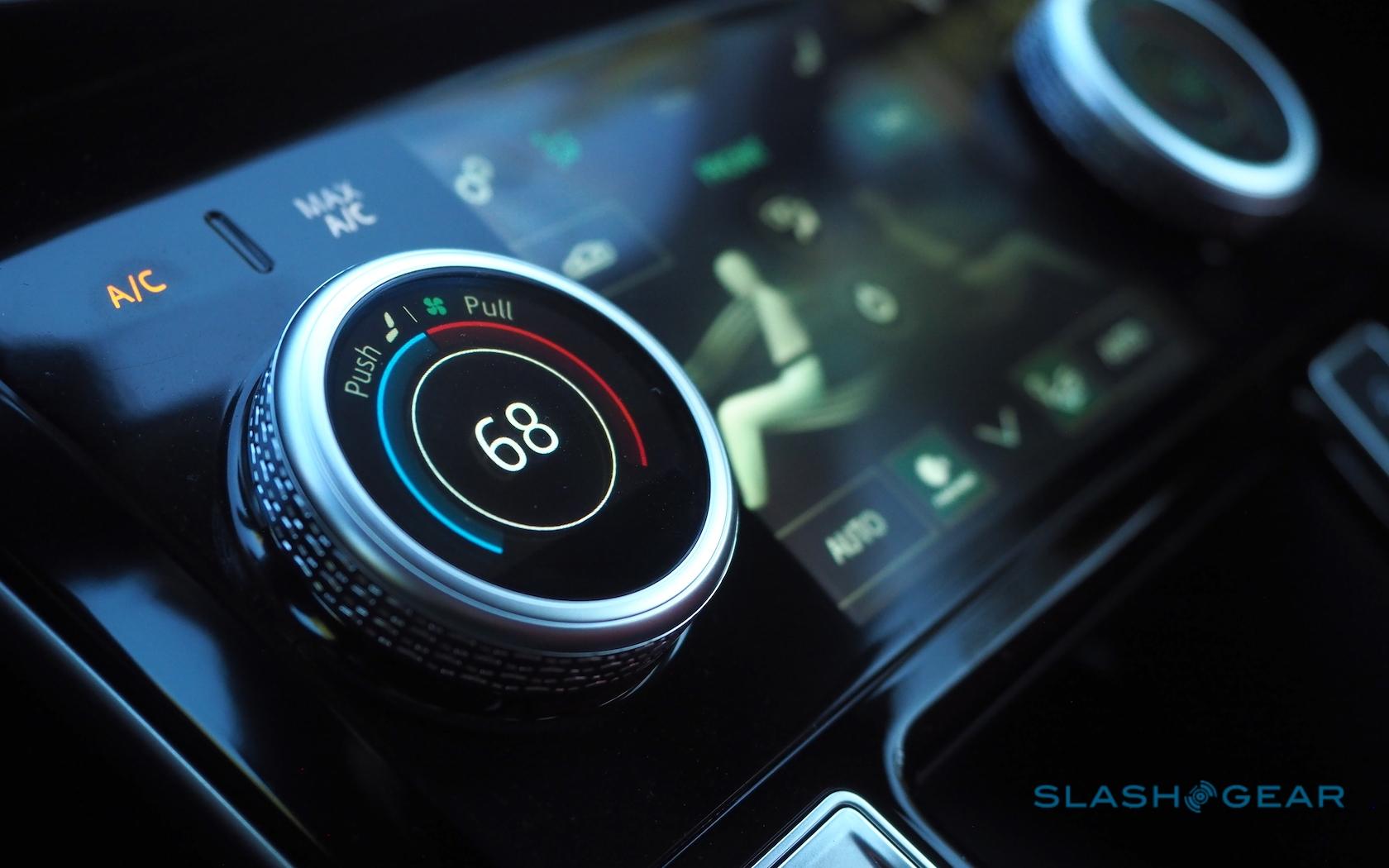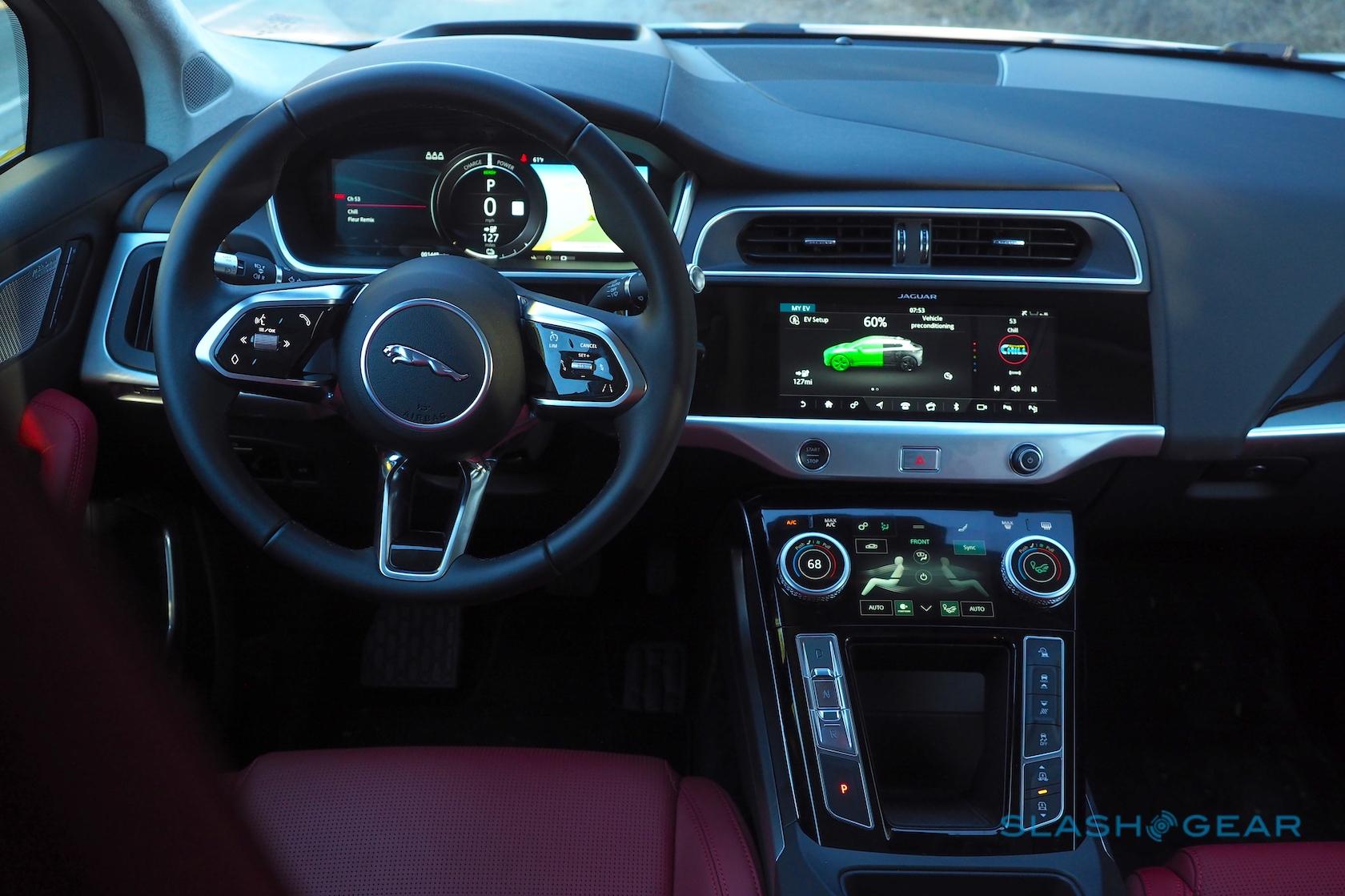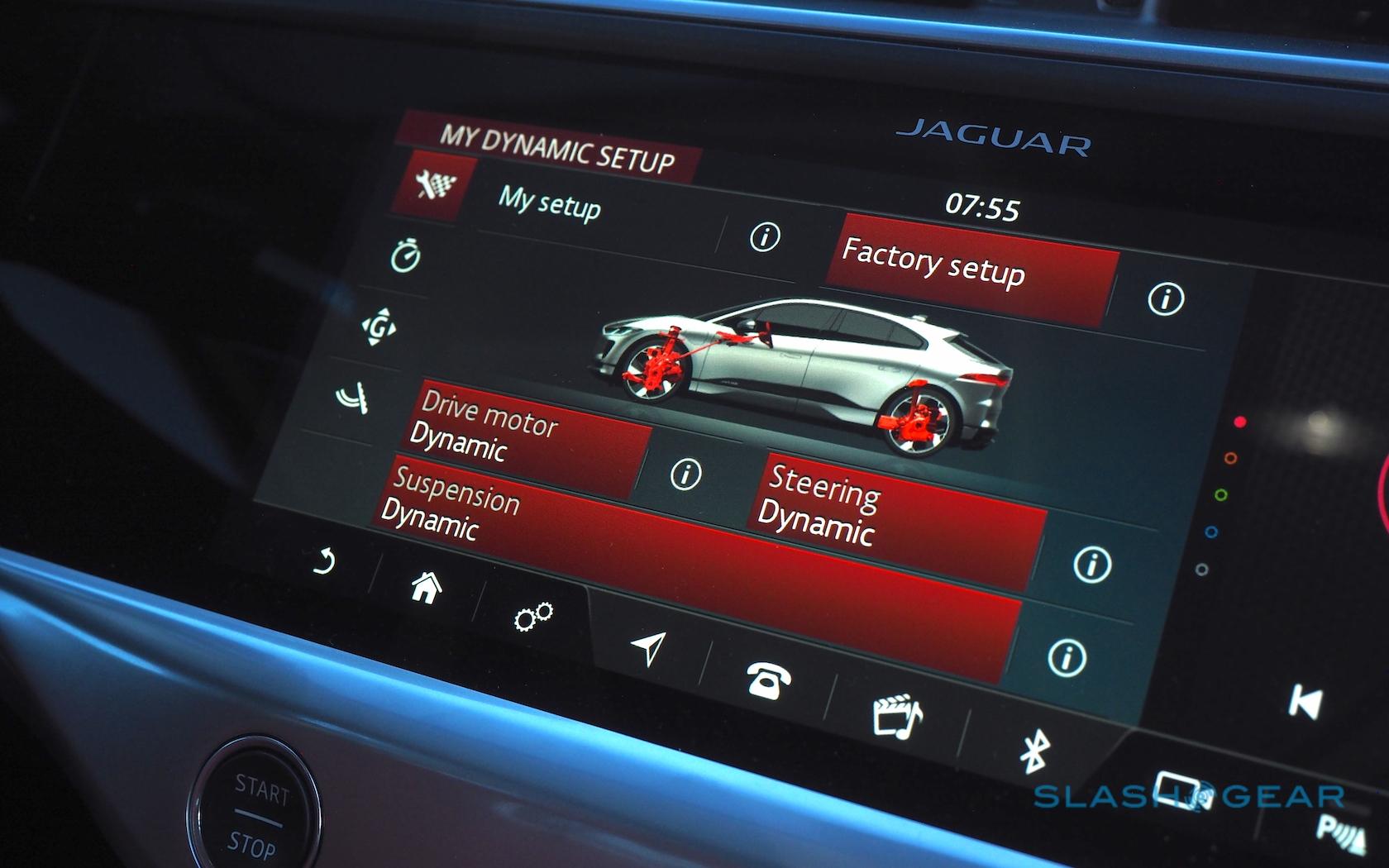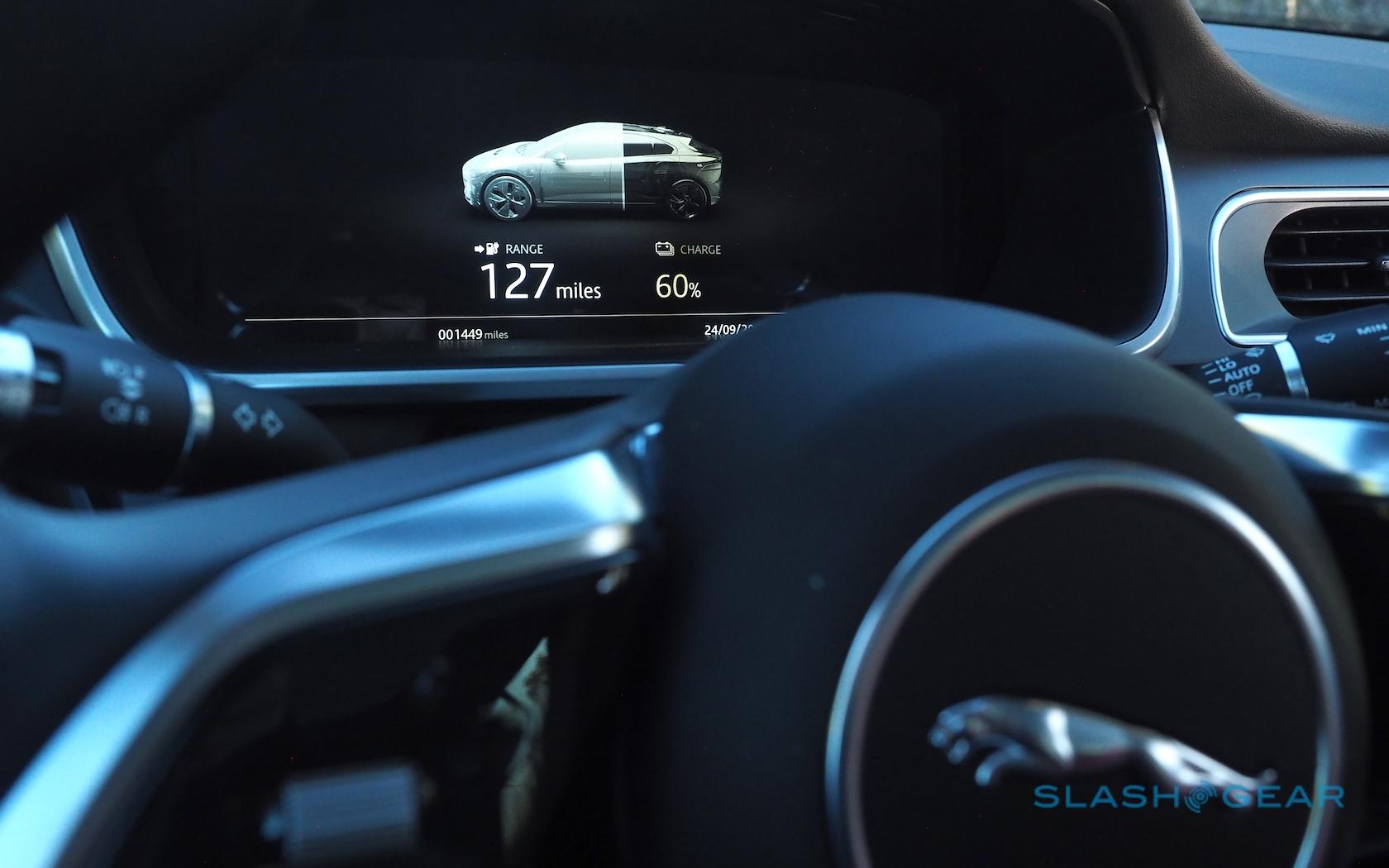The 2019 Jaguar I-PACE is not what you expect
The Jaguar I-PACE isn't quite as easy to pin down as you might think it would be. Yes, Jaguar's first all-electric car has had all the usual Tesla comparisons; yes, we've already found it surprisingly adept off-road and even on the race track. When I got behind the wheel myself, though, it turned out to be very different to what I'd been expecting.
The un-SUV electric SUV
What I was expecting was an electric SUV, not least because the vehicle the I-PACE is most commonly compared to is Tesla's Model X. The reality, though, is that the relative dearth of EVs makes like-for-like comparisons awkward. Indeed, the car I felt the I-PACE most reminded me of – in Tesla's line-up, at least – was the Model S.
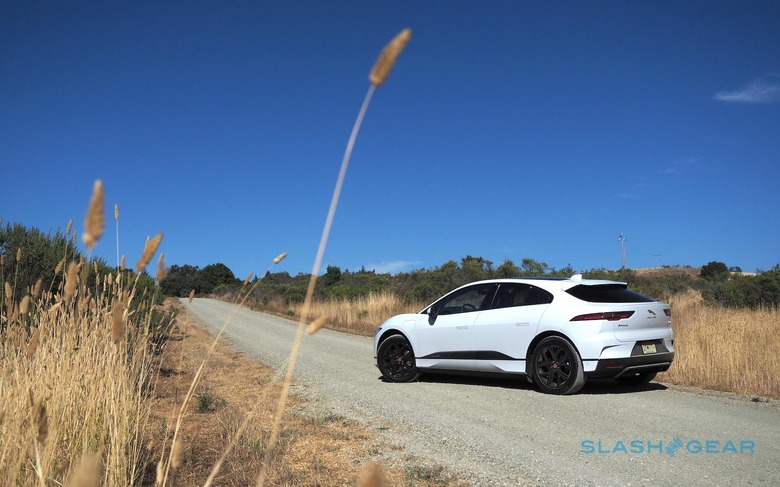
Yes, the Model S is a sedan, but despite the higher driving position and more aggressive crossover styling, the Jaguar feels like a sedan too, albeit a slightly taller one. More importantly, it drives like a sedan rather than an SUV.
I'm used to EVs – pure EVs, or BEVs, specifically – being firmly sprung. Sure, the batteries are typically mounted low, under the floor in the wheelbase of the car, delivering a usefully low center of gravity. Nonetheless battery packs aren't light, especially in a car hoping to achieve anything close to a respectable range, and so the suspension is typically firmer so as to balance that out.
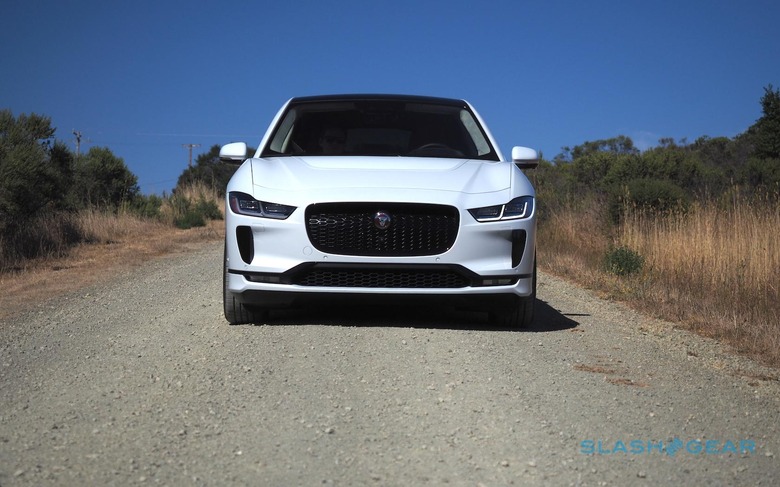
For all that the I-PACE is firm, though, it's not harsh. The standard air suspension helps there, giving it the sort of pliant ride you'd expect from, well, a Jaguar. It doesn't wallow like many SUVs or, for that matter, like some EVs can. I like straight line speed as much as the next person, but the ability to carry that around corners is just as important to me.
I think Jaguar's strategy here makes a lot of sense. Drivers love SUVs and crossovers, that much is abundantly clear, but they don't want a bland electric car – especially not if they're spending upward of $70k on it. On that front, the I-PACE's not-quite-an-SUV, not-quite-a-sedan balance serves it well.
Range is an argument waiting to happen
With a 90 kWh battery, expectations for the I-PACE's range have been fairly high. Unfortunately the reality, recently confirmed, isn't quite so impressive. Jaguar is quoting an estimated 234 miles on the EPA test cycle, or 80 MPGe in the city, 72 MPGe on the highway, and 76 MPGe combined.
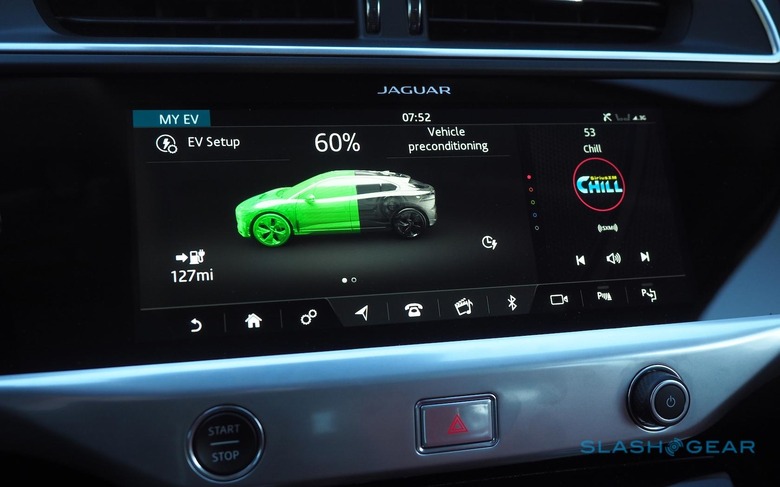
Anybody with more than a passing knowledge of electric car performance will tell you that, in the grand scheme of EVs, those aren't particularly great numbers. The Model X 75D that's closest in price to the Jaguar has a smaller battery but still gets 237 miles of range in the EPA's tests. It has far more impressive 91/95/93 MPGe ratings for city/highway/combined, too.
Indeed, given a 100 kWh battery, the Model X can do as many as 295 miles, and still beat out the I-PACE's MPGe numbers. It's not just expensive Tesla cars, mind. Chevrolet's Bolt EV is not far off half the price of the Jaguar, but gets 238 miles from its mere 60 kWh battery, and blows the MPGe numbers out of the water with triple-digits in each category.
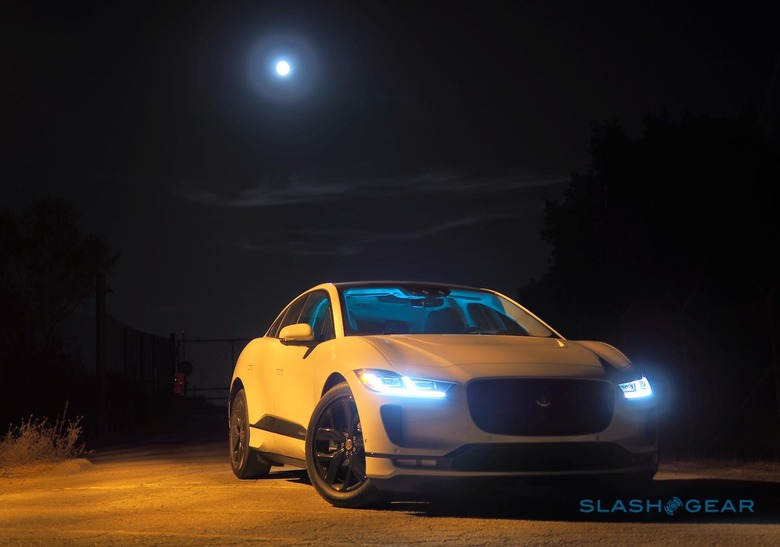
I guess there are two arguments at play here. First is the reality of just how much range we actually need, and how much we just think we need. Range anxiety, in other words. The other, though, is about the perception of the I-PACE as a cutting-edge EV.
Why do Jaguar's numbers trail its rivals so considerably? You can blame aerodynamics for part of that, and probably the other electronics in the car too, but it also likely comes down to experience. Tesla has been working on EVs for longer than Jaguar has, and that experience pays off in terms of efficiency. Just how quickly Jaguar can catch up remains to be seen.
Charging EVs remains a Wild West
Later, camped out at a DC fast charger as the I-PACE vacuumed up range at approximately 1-percent charge a minute, I had plenty of time to think about infrastructure, too. Or, more accurately, its absence. Unlike Tesla, Jaguar – indeed, most automakers pushing into EVs – isn't building its own charging network. Instead it relies on third-party chargers to keep the kitty purring.
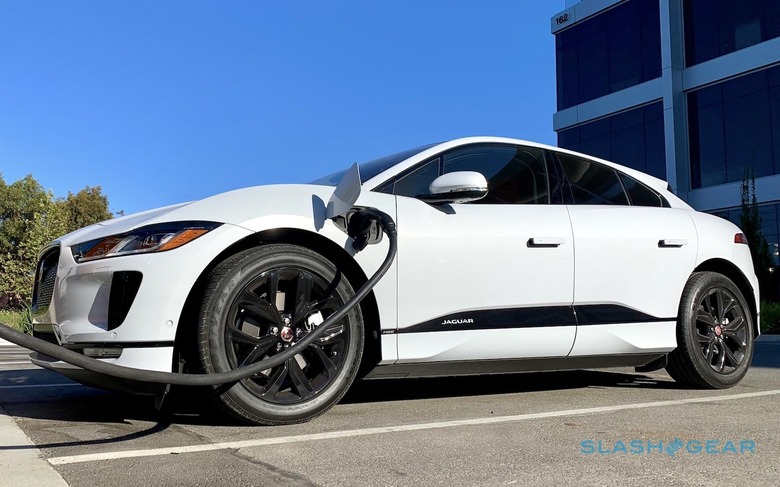
Jaguar had recommended not charging the car at home: as it was still running pre-production software, there were some concerns that it might demand more current than the domestic wiring could supply. For the same software reason I'll be saving range figures until I can get a car that's the same as what you'd find on a dealership forecourt.
Level 1 or 2 charging at home – depending on your hardware – isn't fast, but you typically have the benefit of time. Park up overnight, plug in, and there's the expectation of range that has accumulated while you slept. Without that luxury I was reminded of how many public chargers top out at 6.6 kW, and how little range they add unless you're there for an extended period.
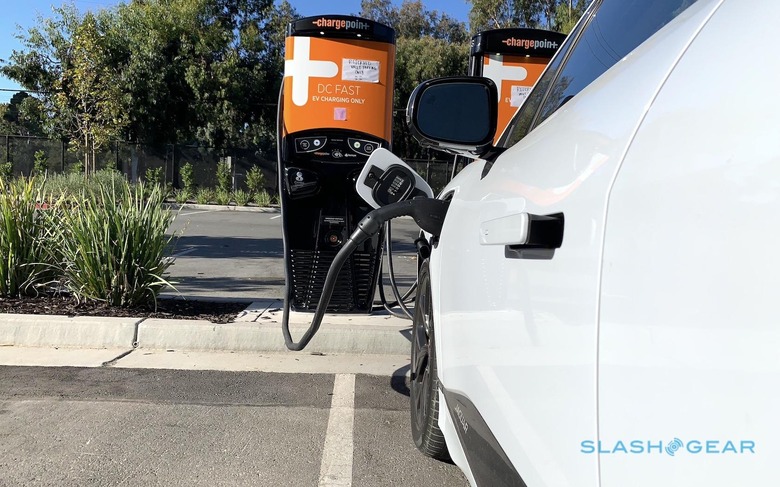
If your workplace has a charger, that's fine. If you're trying to add range while running errands, hopping from place to place, however, it's less ideal. The closest DC fast charger to where I live proved to be a half hour drive away. That's in the heart of the Bay Area, too: if you're in a less EV-friendly area, you might be hours away from a high-speed way to charge.
It's not just a Jaguar problem, of course, and before you tell me "well just buy a Tesla then" it's worth my mentioning that the nearest Supercharger was a similar distance to the ChargePoint DC fast charger. Plenty of Tesla Destination Chargers closer, sure, but then you're getting closer to Level 2 speeds.
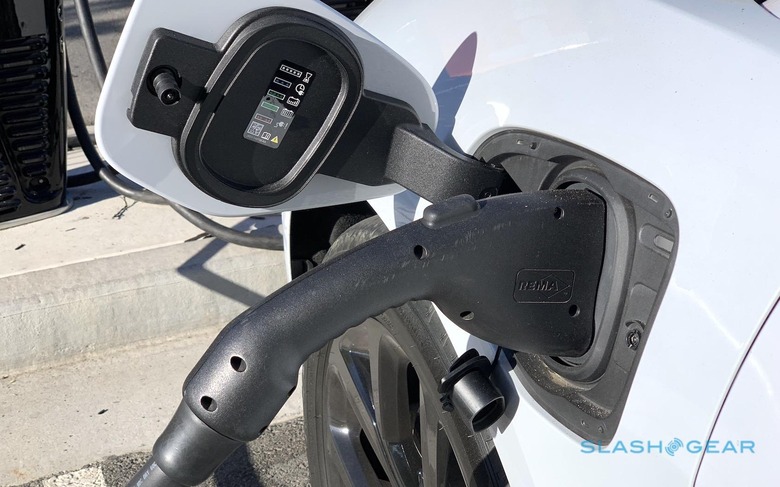
What I'm reminded is that few automakers are getting every aspect of the EV purchase experience right. Being left to figure out your home charging setup by yourself is fairly commonplace. Most car companies making plug-ins I speak to say that they generally leave supplying chargers down to the dealerships. The headaches involved in supplying Level 2 hardware and, more complex, dealing with the specifics of each installation is more than the car-makers themselves would like to deal with.
Tesla is an outlier, and Audi's deal with Amazon for home chargers to work with the upcoming e-tron SUV will be another. Both have recognized that, while juicing up an EV can be a whole lot easier and cleaner than having to hit up a gas station every so often, that's only the case if you have the right equipment installed. I suspect Jaguar may have to rise to that challenge if its to deliver the premium charging experience to match the I-PACE's premium driving experience.
Jaguar gets plenty right
It might sound like I'm unimpressed by the I-PACE, but that couldn't be further from the truth. In fact, Jaguar's first all-electric car is deeply appealing in a number of ways. I prefer the styling to Tesla's, and the design, fit, and finish of the cabin is far preferable, too. The big cat feels more nimble in the corners than either the Model S or Model X as well.
In short it feels a lot like, well, a Jaguar. Only one that happens to be electric. Tesla may have the experience making EVs, but Jaguar's know-how in putting together a compelling luxury car comes through loud and clear. There's heart as well as head in play when you head to a dealership; if the "perfect" electric transportation leaves you cold, it won't matter how good it is. Your wallet will stay in your pocket.
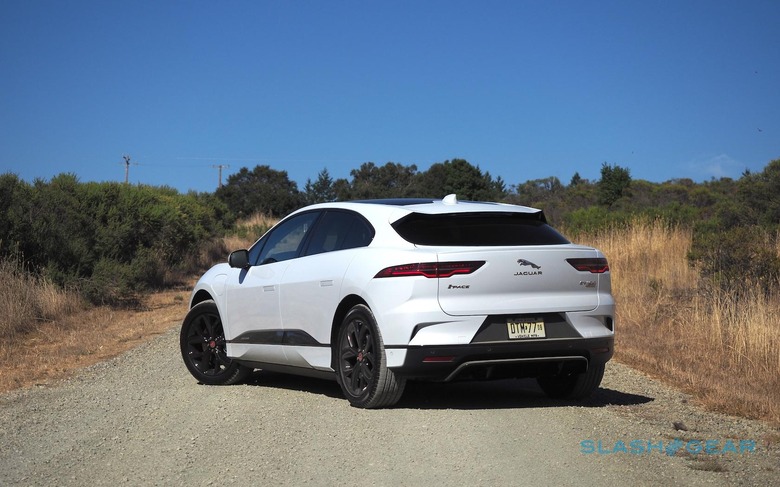
Indeed for a first attempt, the I-PACE is very convincing. No, it may not have the same range as rivals manage, but the EPA is only measuring distance, not the enjoyment found in each of those miles. I suspect there are plenty of people who don't require anything near the Jaguar's range, and who simply want a luxurious car that doesn't feel too much like a hair-shirt compromise from what they're currently driving. On that front, there's a whole lot to like about the Jaguar I-PACE.

